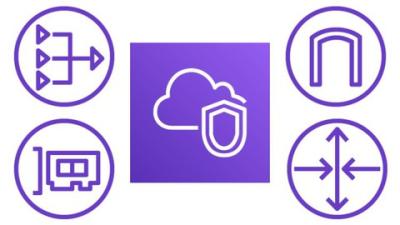Description
Welcome to AWS Networking with Virtual Private Cloud for beginners. If you are new to computer networking and want to build solutions in AWS that involve networking, then this course is for you. You don’t need any prior knowledge in networking or AWS to follow this course.
Computer networking is a way for computers to communicate with one another. While we may take this for granted, it’s important to understand the fundamentals of networking when you build your solutions. In AWS, the virtual private cloud is the primary service that provides networking capabilities. So in this course, we’ll learn about networking concepts and apply them using AWS virtual private cloud.
We’ll begin with AWS infrastructure to lay the foundation for the course. Then we’ll get into what exactly is a virtual private cloud. Along the way, we’ll cover many fundamentals topics such as public and private IP addresses, CIDR notation, protocols, ports and subnets.
There will be a lot of demonstrations to illustrate the core features of Virtual Private Cloud including internet gateway, elastic IP address, elastic network interface, route table, security group, NAT gateway and VPC peering. If these terms don’t mean anything to you right now, don’t worry. By the end of the course, you’ll have a firm understanding of what they mean and how to apply these features to your solution.
I encourage you to go through the lessons in sequence as they build upon each other. Also try the examples yourself as there’s no substitute for learning by doing when it comes to building your AWS skills. You can sign up for an AWS account with a free tier. I’ll provide several resources in the lectures to help you. Finally, don’t feel rushed to cover all of the materials quickly. Feel free to take a break to reflect on what you learned and explore any topics deeper if you want. Now, put yourself in a comfortable and relaxed state of mind and let’s get started!

